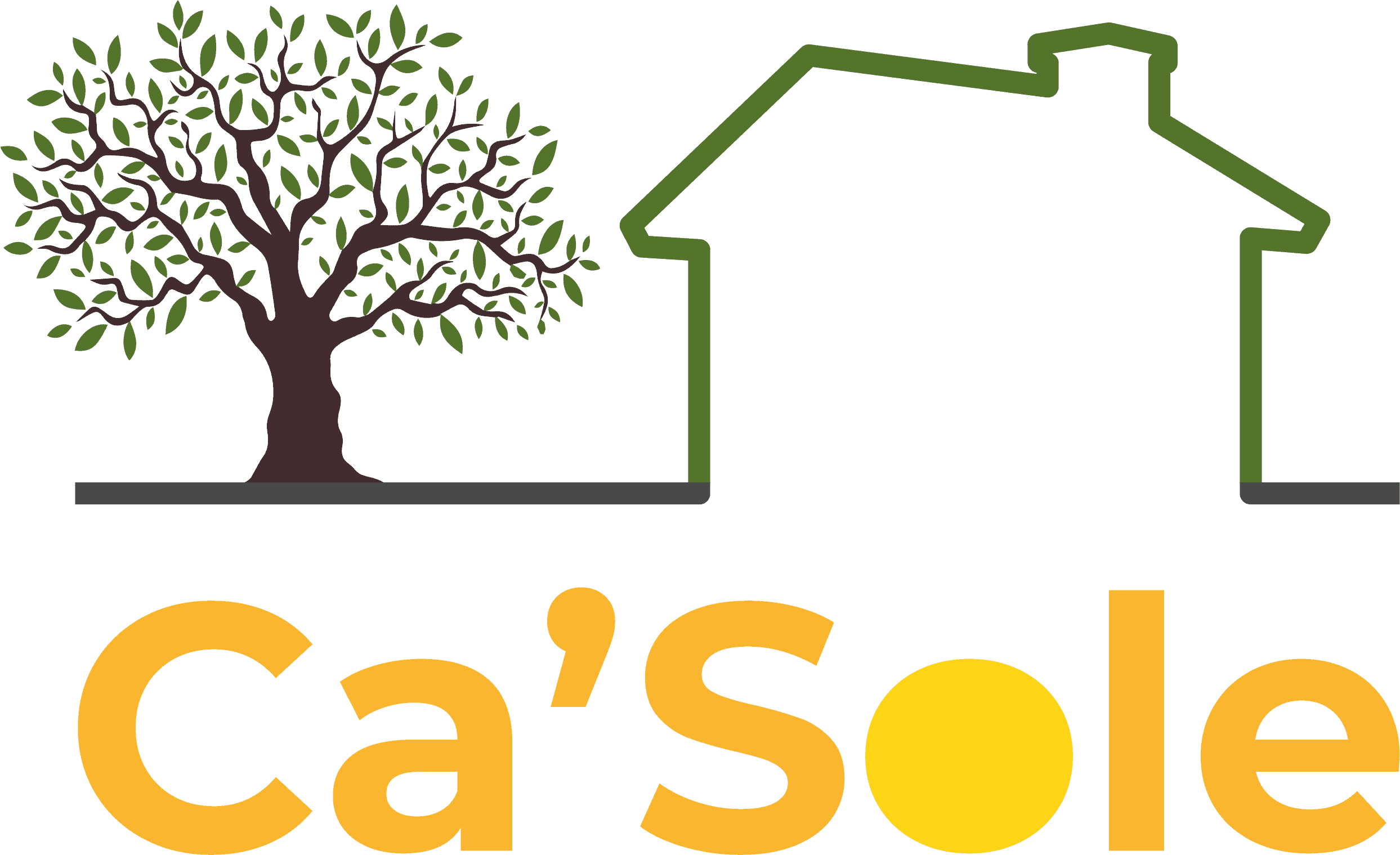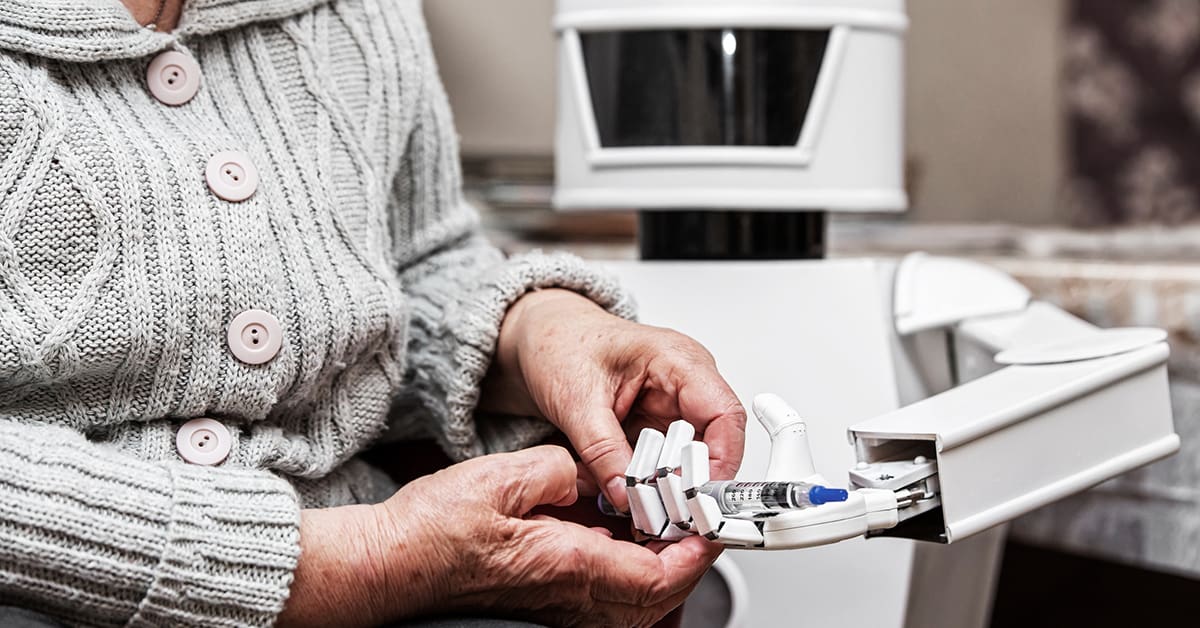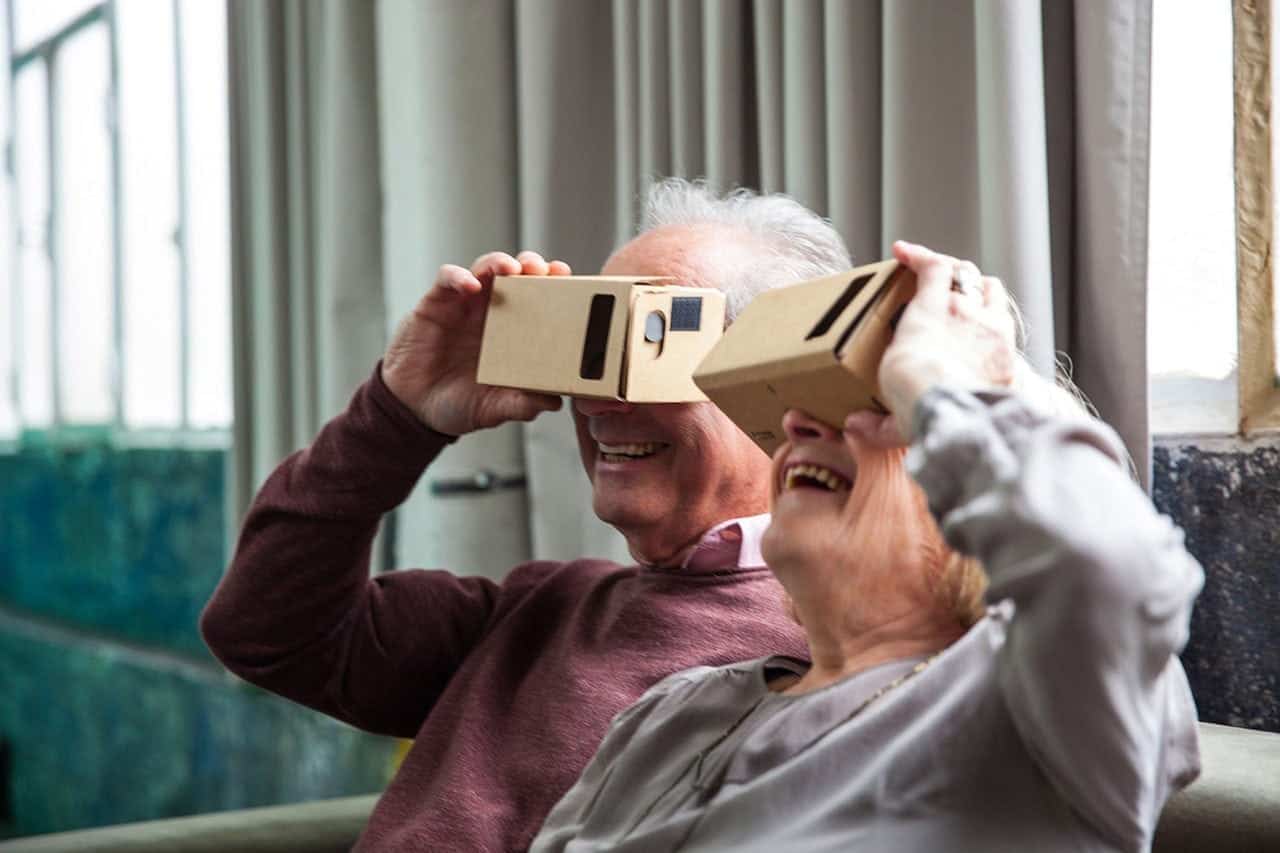By 2030, 1 in 6 people in the world will be aged 60 years or over. At this time the share of the population aged 60 years and over will increase from 1 billion in 2020 to 1.4 billion. By 2050, the world’s population of people aged 60 years and older will double (2.1 billion). The number of persons aged 80 years or older is expected to triple between 2020 and 2050 to reach 426 million.
However The European Commission published an annual report on skill shortages and surpluses in Europe. Its latest report confirms what our action showed on 29 October. Almost all EU countries (22) report a shortage of health care professionals such as doctors, nurses and health care assistants.
Anyone can see that the pandemic has had a significant impact on aged care, both in terms of establishing new methods to care in general and in terms of speeding up numerous trends that had been gaining traction in recent years. Unfortunately for medical decision-makers – and senior customers – the amount of work required for institutions to continue delivering the best possible care throughout the pandemic has left little time to stay up with emerging industry advancements.
Because of the increased deployment of technology, there is currently a migration of hospital treatment to the home (hand-held or portable blood glucose testing, blood sampling, teleconsultation…). To that end, the right design approach is to assume that elderly users have limited knowledge of health and technology, provide precise instructions for the use and maintenance of technologies, minimize sources of handling error, the cognitive complexity of their use, and design displays and interactions with devices that are appropriate to their abilities.
Multiple innovative technologies that serve older individuals were shown from around the world in the CES 2022, as they had been in previous CES events (CES is an annual trade exhibition produced by the Consumer Technology Association).
Home automation is the automatic control of electronic devices in your home. These devices are connected to the Internet, which allows them to be controlled remotely. With home automation, devices can trigger one another so you don’t have to control them manually via an app or voice assistant.
Home automation makes life more convenient and can even save you money on heating, cooling and electricity bills. Home automation can also lead to greater safety with Internet of Things devices like security cameras and systems.
Home automation is a great aging in place technology. It can help improve a persons’ quality of life, especially when combined with other types of technology. Home automation can help accomplish many tasks and will only improve in the years to come. It helps with health care, home safety, long-distance care giving…
Telemedicine (or Telehealth/e-medicine) is the use of telecommunications and information technology to provide remote health examinations and treatments. This is a broad concept that includes video or voice messaging consultations on mobile phones, laptops, and tablets. The global pandemic hastened the adoption of telemedicine since technology allows doctors to give medical care while adhering to the regulations of lockdowns and social distance.
Telemedicine isn’t going away anytime soon, with many of these limitations and lockdowns being reinstalled in locations. The increased demand for aged care services has necessitated a greater dependence on telemedicine to satisfy demand, and its capacity to promptly treat clients’ medical needs at scale means it will continue to be utilized globally to fill the gaps left by the care staffing issue.
Smartphone apps for people with chronic diseases (diabetes, cardiovascular pathologies, hypertension, asthma, and so on) typically include monitoring of certain parameters (blood sugar, blood pressure, weight, frequency of physical activity, and so on), medication reminders, and advice on how to adopt the right behaviors (diet, physical activity, etc.). Several recent evaluations of the research demonstrate that using smartphone apps to manage one’s chronic disease is linked to a higher sense of effectiveness in controlling one’s disease, more positive health behaviors, and a better evolution of health status (47-49). Several studies have also found that using apps can help patients better understand and manage their medications, as well as be more compliant with them (50).
Artificial intelligence, a major asset
AI systems that take a holistic view of a patient’s medical history and can flag where there is cause for concern can help inform care decisions. Devices that can track the location, movement, medication levels, and heart rate of elderly people can help inform care decisions, but this process can be greatly accelerated by AI systems that take a holistic view of a patient’s medical history and can flag where there is cause for concern. For example, an AI-powered system that detects a change in a patient’s number of bathroom visits could be detecting the earliest signs of a urinary tract infection before care workers can even notice a problem. Detecting a rise in patient falls or “wandering behavior” may aid doctors in detecting physical or mental illness. AI in senior care, like Telemedicine, should be used to supplement and enhance in-person care rather than replace it.
In 2019, the market for electronic medical records (EMR) was worth US$27.67 billion. By 2027, revenues are expected to be in the $40.50 billion level. The growth can be attributed in large part to the software being more shareable and hence capable of transmitting data between different programs. Given how frequently people switch doctors, this research can be viewed as a breakthrough. In the event of a doctor switch, medical specialists would have to recreate and analyze patients all over again, wasting valuable time in order to arrive at the correct diagnosis. EMRs would ensure a smooth transition for both doctors and patients, with the data’s integrity and validity secured for future usage through encryption.
The Smartcane, intelligent and connected by Nov’in. The objective of this cane is to avoid falls and their consequences such as the fear of moving around, going out alone… the objective is to avoid the loss of confidence that occurs after these incidents and which can lead to frailty – the first stage towards loss of autonomy if not treated quickly. The operation of the Smartcane is simple. Firstly, thanks to its movement sensors, it records the habits of its user, such as the time of waking, daily activities, etc. These data will be the reference elements allowing it to instantly detect when a situation is unusual. In this case, an alert is sent to the selected persons.
DO-PILL, the connected pillbox. To avoid taking medication outside of the treatment, confusing the medication to be taken or forgetting your treatment, this innovation is beneficial for all people who follow a complex treatment. When it is time to take the medication, an alarm or flash is triggered. Once the medication is taken, the connected pillbox locks. It is impossible to make a mistake or to take your medication twice. This solution reassures everyone: patients and their families.
Aladin, the connected lamp by Domalys. Thanks to movement sensors, Aladin automatically detects when you get up and emits a progressive light to secure the path and provide appropriate visibility. Its sensors also enable it to detect a fall and trigger an alert to the selected persons. Intelligent and equipped with PrediCare technology, Aladin is also capable of detecting changes in its user’s habits (reduced quality of rest, increased night-time activity, etc.) and sending notifications to caregivers to inform them of their loved one’s state of health and improve medical monitoring.
The technique of augmented reality consists of placing computer-generated images over real images. A programme to improve balance and mobility using augmented reality was tested with people aged 56-76 years (55). This programme, consisting of three 30-minute sessions over four weeks, included a ball game (hip work), a cave game (knee work) and a one-foot rhythm game (balance work). A control group followed a conventional fitness programme. The augmented reality programme resulted in improved stability and weight distribution scores and a lower risk of falls score (before and after comparison) in the elderly. This programme was significantly more effective than the conventional fitness programme (control group).
Robotics to free up time
Even today, the use of robots in care settings sounds fanciful, but a robot’s ability to perform simple tasks that would normally need close physical contact make them the ideal tool to limit the person-to-person spread of diseases, meaning they have garnered much attention in the last couple of years.
The focus will shift to how robots can take the pressure off of overstretched healthcare workers, and the families of those elderly persons that still live alone.
From the most basic robots that can be used to deliver food or medicine to patients in care, to the more heavy-duty machines that can help residents get out of their beds and into a wheelchair, robots are naturally suited for unskilled or heavy lifting tasks – freeing up care staff to provide what they are best suited to do – providing compassionate care. While there is still a great deal of stigma about using robots in ‘human’ roles, aging populations around the world mean that widespread adoption of the technology is inevitable and has likely been accelerated by the recent pandemic.
Entirely designed and manufactured in France, Buddy is an emotional companion” type robot. It meets the most important needs of frail seniors. In addition to the comforting and reassuring presence it provides on a daily basis, it makes it possible to improve security (raising doubts and alarms), preserving social ties (communication with personal or professional environment, sharing of photos), and also meets the cognitive stimulation (memory games). Finally, it is an assistant that can also provide useful information, remind people of important appointments and entertain, for example by playing music or the radio.
Monitoring solution:
Wearables When monitoring elderly people at home or in assisted living facilities, innovations that can track location, movement, medication, heart rate, and many other indicators that medical staff can use to help identify emerging issues and tailor care strategies to individual needs are gaining in popularity. Advanced computer vision monitoring solutions are another system that can supply a wealth of data. We now have software that can correctly determine when a patient requires assistance and warn personnel promptly, without the need for employees to constantly check on them, thanks to the use of human activity recognition software in conjunction with camera systems. Not only can systems like this reduce unwanted in-person interaction (and the risk of disease transfer), but they also allow residents to conduct their lives without interruption, as well as saving time spent by personnel reacting to false alerts.
Bibliography:
Aliza Vigderman and Gabe Turner, “What is home automation and how does it work?”, Security.org, 12 May 2022. https://www.security.org/home-automation/
Dileep Gupta, “How is technology making senior care efficient”, appinventiv, 10 March 2022.https://appinventiv.com/blog/technologies-bettering-senior-care/
Dr Harro Stokman, “Top 5 Tech innovation in elderly care for 2022, The Journal of mHealth, 3 January 2022. https://thejournalofmhealth.com/top-5-tech-innovations-in-elderly-care-for-2022/
Inria, “technologies pour les personnes âgées : nouveau défie pour la recherche et le développement français ? », Inria, 2 November 2021.https://www.inria.fr/fr/technologies-personnes-agees-vieillesse-dependance
Laurie Orlov, “Technologies for Older Adults from CES 2022”, Age in Place Tech, 8 January 2022. https://www.ageinplacetech.com/blog/ten-technologies-older-adults-ces-2022
Les jardins d’Arcadie, « Le top des innovations technologiques pour les seniors », Les jardins d’Arcadie. https://jardins-arcadie.fr/le-top-des-innovations-technologiques-pour-les-seniors/
ORS PACA, “Les nouvelles technologies en faveur du vieillissement en bon santé à domicile », ORS, September 2021. http://www.orspaca.org/sites/default/files/Note-nouvelles-technologies-seniors.pdf
World Health Organization, “Ageing and health”, WHO, 4 October 2021. https://www.who.int/news-room/fact-sheets/detail/ageing-and-health#:~:text=At%20this%20time%20the%20share,2050%20to%20reach%20426%20million



